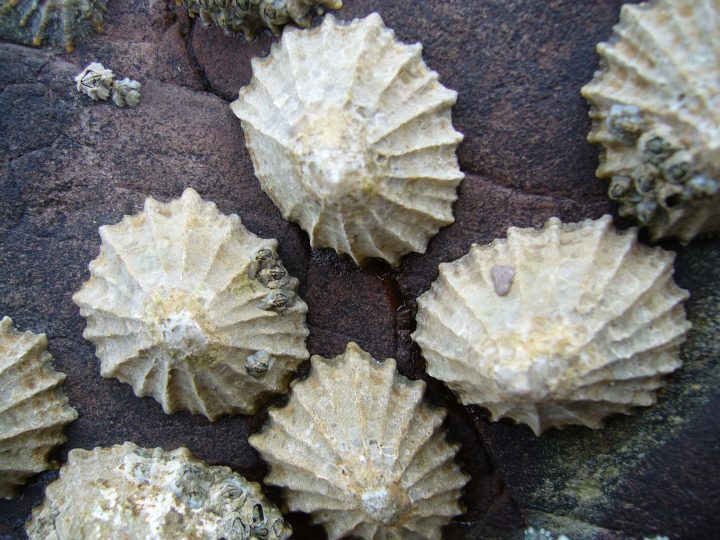Architecture of vines increases flexibility via soft tissue components and ribbon-like shape.
“There is another way in which the stem anatomy of woody vines differs from that of trees. In trees, the wood or xylem, of which only the newest and outermost annual ring actually conducts water, is in the form of a solid cylinder whose rigidity is able to support large crowns of leaves and branches. Vines need to be more flexible to cope with the twists and turns of climbing or the stresses that result when they partly or completely slip away from their supports. Woody vines achieve flexibility by having a considerable amount of soft tissue as well as wood in their stems. In some, the cylinder of wood is divided into segments that alternate with soft tissue; in others, there are alternating cylinders of wood and soft tissue. Some woody vines also have flattened, ribbon-like stems to achieve greater flexibility.” (Dawson and Lucas 2005:17)







